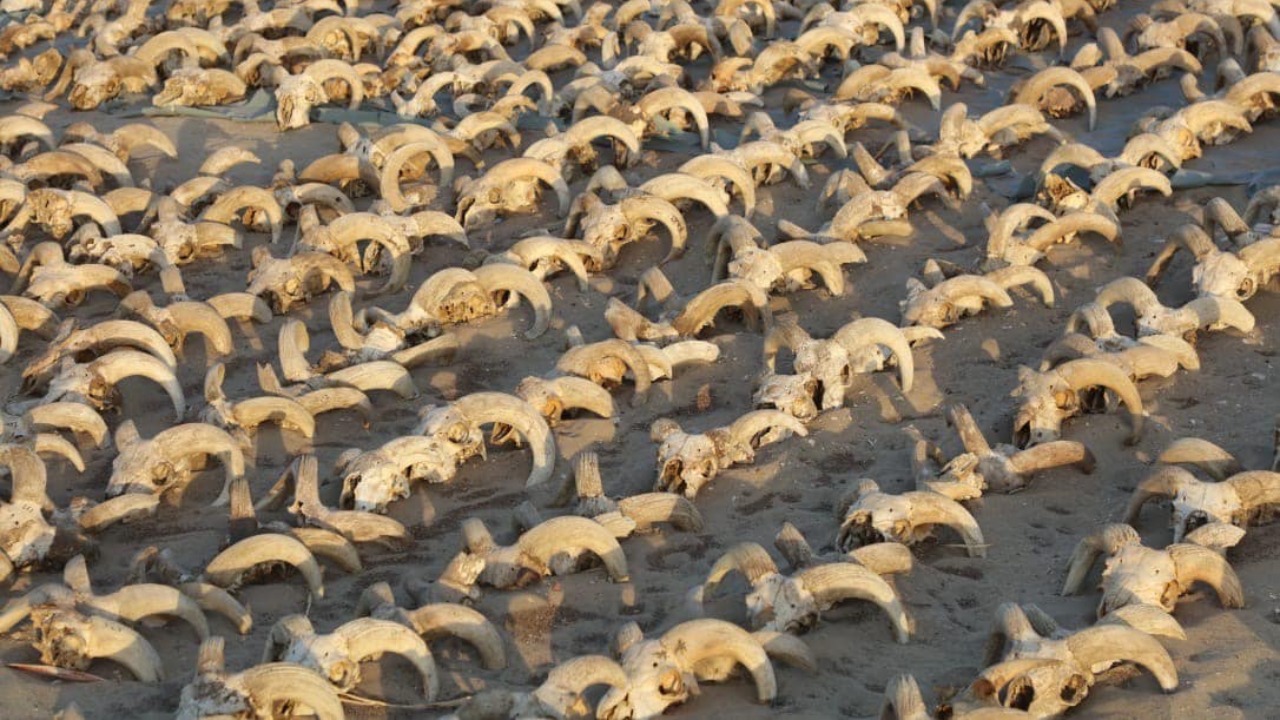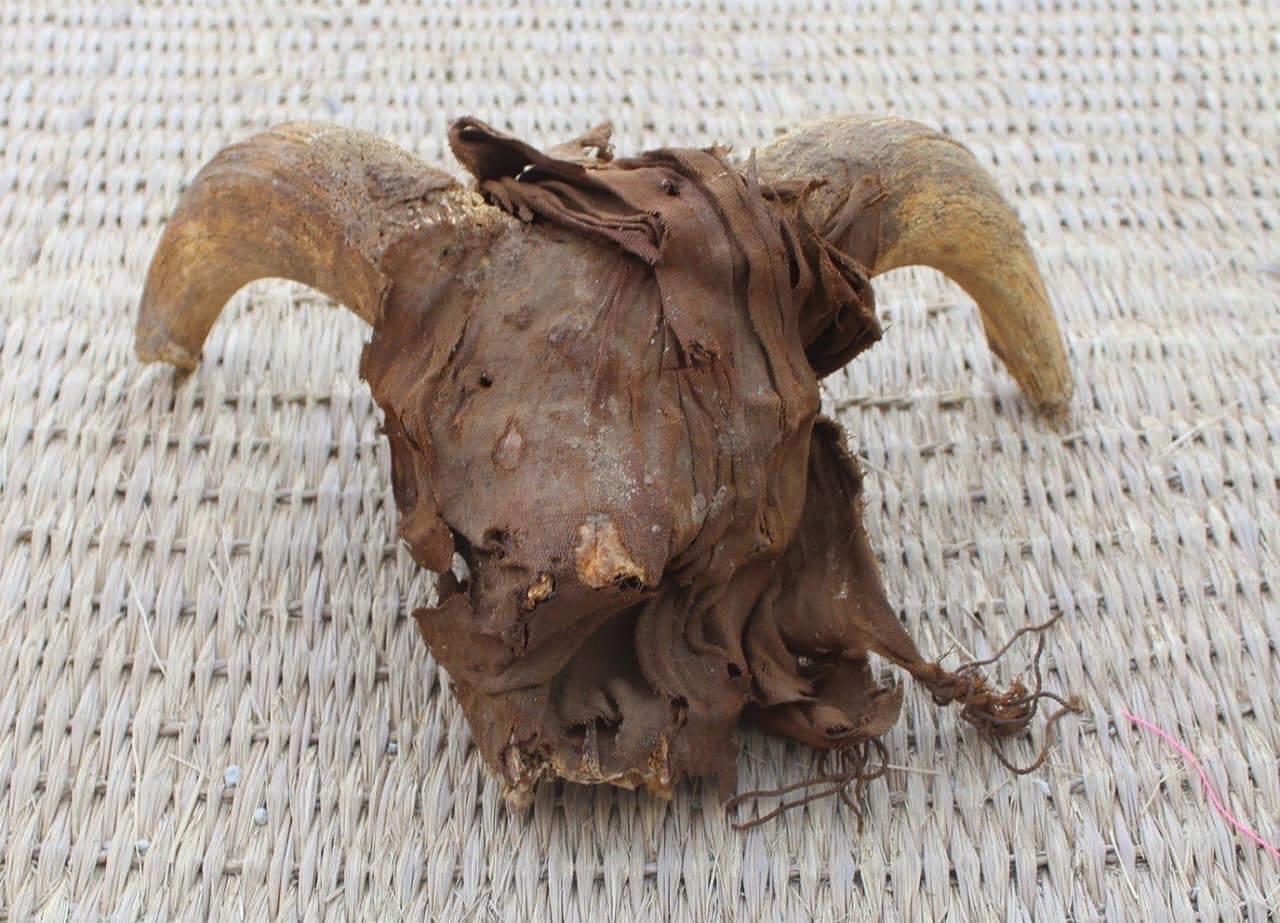
Archaeologists discovered more than 2,000 mummified rams’ heads in Egypt dating back to the Ptolemaic period, and a large ancient building from the Sixth Dynasty, the Egyptian Ministry of Tourism and Antiquities announced over the weekend.
The discoveries were made in the ancient city of Abydos, one of Egypt’s oldest settlements, around the site of the Temple of Rameses II.
Researchers believe that the mummified rams’ heads were probably left as votive offerings, alongside the remains of a number of other mummified animals. Meanwhile, the large building which was discovered around the same time was noted for its exceptional size, particularly in regard to the thickness of its walls.
Discovery of mummified rams’ heads in Egypt
Scientists from the American archaeological mission affiliated with New York University were responsible for the discoveries, the Egyptian Ministry of Tourism and Antiquities noted in a recent Facebook post.
Dr. Mostafa Waziri, Secretary General of the Supreme Council of Antiquities, lauded the discoveries as an important contribution to the understanding of the history of the Temple of King Ramesses II in Abydos.
The temple’s history spans for more than 2,000 years, between the time of Sixth Dynasty and the Ptolemaic era, when Egypt was ruled by the successors of Alexander the Great.

In addition to the substantial number of rams’ heads discovered at the site, the archaeologists also uncovered the remains of other mummified animals, including a collection of ewes, dogs, wild goats, cows, deer and mongooses, all in a storage space that was recently found in the northern section of the temple.
Dr. Sameh Iskandar, who leads the mission, commented that the mummified animals may have been dedicated as votive offerings during religious ceremonies during the Ptolemaic period. The rams may have been objects of worship themselves.

Discovery of a large ancient building
The massive structure that was uncovered, belonging to the Sixth Dynasty period, possesses a distinctive and exceptional architectural layout.
It stands out due to its enormous walls, which are approximately five meters thick. Egyptologists hope that this building’s discovery will significantly aid in re-evaluating the Old Kingdom’s activities and architecture in Abydos, as well as the location’s character and shape, and the events that were conducted there before the establishment of Rameses II’s temple and its adjoining structures.

Professor Mohamed Abdel-Badi, who leads the Central Department of Upper Egypt Antiquities at the Supreme Council of Antiquities, mentioned that the team also uncovered sections of the northern wall encircling the temple and its surrounding structures.
This finding challenges the previously established understanding of the design of King Ramases II’s temple, circulated among researchers for over 150 years.
Additionally, the mission discovered fragments of statues, papyrus and ancient tree remains, as well as clothing and leather shoes. The team intends to complete their excavation efforts at the site to uncover more information about its history.
See all the latest news from Greece and the world at Greekreporter.com. Contact our newsroom to report an update or send your story, photos and videos. Follow GR on Google News and subscribe here to our daily email!



